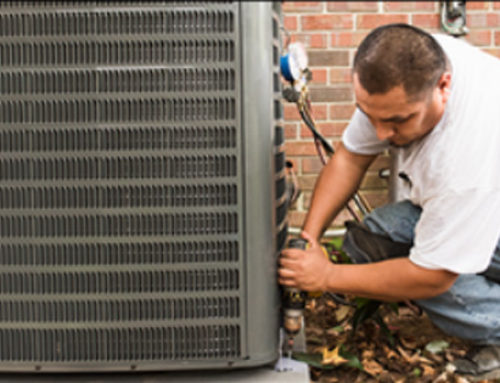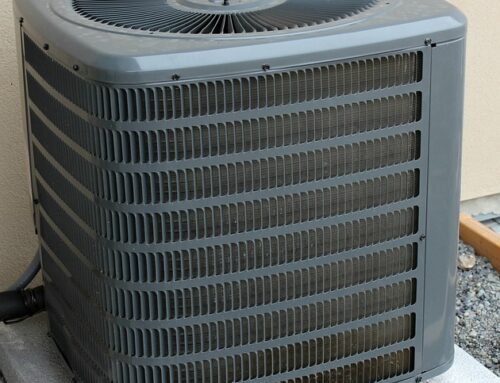 A furnace is a great heating appliance to have during the cold winter season. Its purpose is to heat cool air and then distribute the warm air throughout your home or a building. Over the years, furnaces have seen many improvements that improve their performance and efficiency.
A furnace is a great heating appliance to have during the cold winter season. Its purpose is to heat cool air and then distribute the warm air throughout your home or a building. Over the years, furnaces have seen many improvements that improve their performance and efficiency.
These improvements, most noticeable in newer furnaces, make it easy to distinguish between them and older models. Some of the major differences are:
Fuel Source
Furnaces can be powered by electricity, natural gas or oil. These energy sources are the core components that are used to generate heat within your home. Most modern-day furnaces are powered by natural gas. That gives newer furnaces an edge, as they can burn cleaner and more efficiently.
Older furnaces, however, are more commonly powered by electricity. As an energy source, electricity eliminates gas leaks – but during colder months or in chillier climates, electricity-powered furnaces must work harder to produce heat, making them less efficient. Compared to old furnaces, new ones are also more cost-effective, as gas is typically less expensive than electricity when used for heating.
Fewer Repairs
Your old furnace was not designed to last forever. When a furnace approaches its maximum life span, it’s wise to consider installing a new one. As furnaces age, general wear and tear make them more expensive to maintain and repair. Although a new furnace can be costly to install, there are huge rewards to recoup in the long run due to the higher efficiency and subsequent cost savings. At Canada HVAC, we can connect you with a furnace installation specialist before your old furnace breaks down on a cold day.
Smarter Heating Technology
The heating industry has seen a number of advancements over the years. Newer furnaces benefit from improved features such as variable-speed air handlers, dual-stage heaters and upgraded heating blowers, allowing new models to run more quietly and save energy. In addition, their performance and efficiency have been boosted by newer and smarter developments of key function parts.
Variable-speed air handlers control the rate at which air is circulated based on your home’s thermal or airflow needs. Older furnaces are only capable of running at a single speed. Meanwhile, advanced dual-stage heaters allow your new heating system to operate on either high or low settings, while old furnaces automatically run at full capacity. Newer furnaces also have heating blowers that have been upgraded to push more heat over the exchanger and direct more warm air into your home.
Ventilation Process
Old and new furnaces release combustible gas in different ways. Older furnaces were designed with vertical vents that send air upwards through the roof. However, new furnaces were created with PVC pipes which enhance the ventilation process and expel gas from the side of your home. Newer furnaces extract more heat from the gas they consume, making this improved ventilation process more efficient.
Furnace Installation in Canada
The differences between new furnaces and their older counterparts ultimately highlight the many advancements that have been made in home heating. New furnaces emit less greenhouse gas, eliminate high utility bills and reduce repair costs, all while maintaining optimal efficiency and keeping your home warm and comfortable.
Canada HVAC has over 30 years of industry experience. We are a leading supplier of high-quality, energy-efficient furnaces and other HVAC products. We can also connect you with a certified installation contractor.
Call us today at 833-226-4822 or fill out our online contact form to speak with one of our specialists about your furnace upgrade or installation needs.





